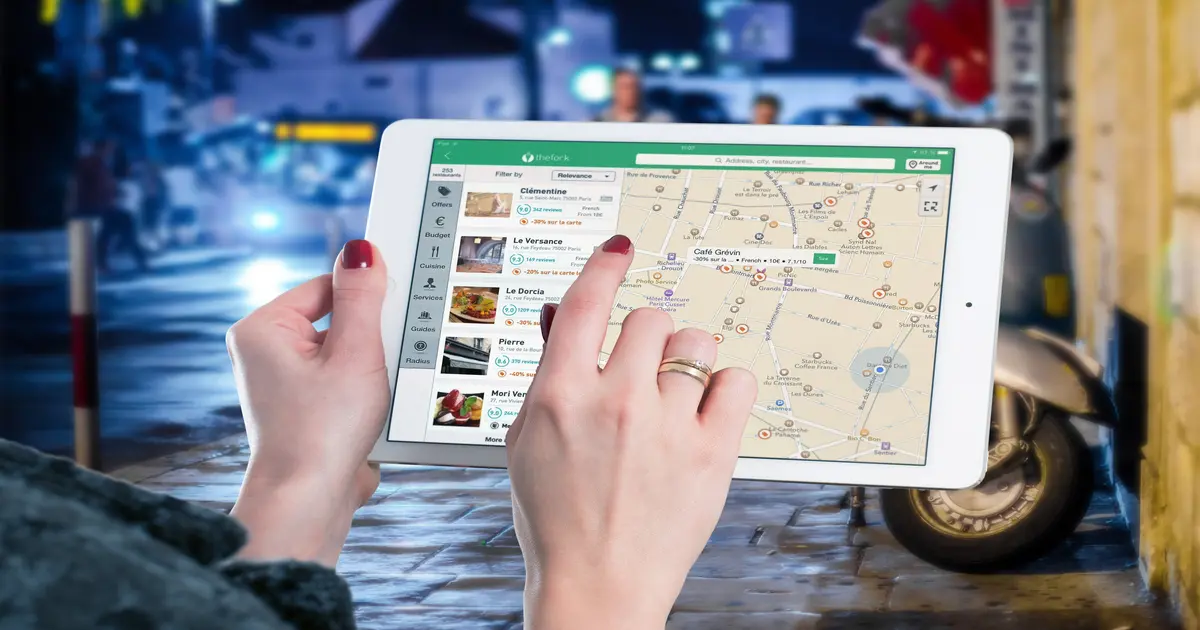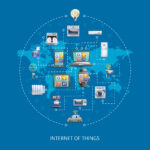Introduction
In the ever-evolving digital landscape, spatial technology has become a cornerstone for navigation and information dissemination. ùmap, a revolutionary mapping tool, has emerged as a transformative force, redefining how we interact with spatial data in the digital age.
Definition of ùmap
Understanding ùmap is pivotal to unlocking its potential. At its core, ùmap is an interactive mapping tool that goes beyond traditional maps, offering real-time updates, customization options, and dynamic features.
Importance in the Digital World
In an era where digital solutions are paramount, ùmap’s significance lies in its ability to simplify spatial information, making it accessible and relevant to a broad spectrum of users.
Evolution of ùmap
Historical Background
To appreciate ùmap’s current state, we must trace its roots. The historical background reveals the progression of mapping tools from static representations to the dynamic, interactive nature of ùmap.
Technological Advancements
Technological advancements have played a pivotal role in ùmap’s evolution. The integration of GIS technology, interactive mapping capabilities, and real-time data updates showcases the platform’s commitment to staying at the forefront of spatial innovation.
Key Features of ùmap
Interactive Mapping — ùmap distinguishes itself through interactive mapping, allowing users to engage with dynamic content rather than static images. This feature fosters a more immersive and informative experience.
Customization Options — Users can tailor their maps according to specific needs, from adjusting layers to highlighting particular data points. Customization is a key strength, ensuring ùmap adapts to a diverse range of applications.
Real-Time Updates — The inclusion of real-time updates sets ùmap apart, offering users the latest information on geographical data. This feature is particularly crucial in scenarios where up-to-date information is paramount.
Applications of ùmap
Navigation Systems — From guiding individuals in unfamiliar territories to optimizing route planning, ùmap’s applications in navigation systems have reshaped how we perceive and interact with maps in our daily lives.
Geographic Information Systems (GIS) — Ùmap’s integration with GIS technology extends its applications to diverse fields, including urban planning, environmental monitoring, and disaster management.
Social Media Integration — In an era of interconnectedness, ùmap’s seamless integration with social media platforms enhances its utility, allowing users to share and explore maps collaboratively.
How to Create a ùmap
Step-by-Step Guide — Navigating through the process of creating a ùmap is made easy with a step-by-step guide. Understanding the tools and platforms involved ensures a smooth experience for users of all levels.
Tools and Platforms — Exploring the tools and platforms compatible with ùmap provides users with options for creating customized maps tailored to their unique requirements.
Benefits of Using ùmap
Enhanced User Experience — The user experience is at the forefront of ùmap’s benefits, offering an interface that is both intuitive and engaging.
Data Visualization — Ùmap’s capabilities in visualizing complex spatial data simplify the interpretation of information, making it an invaluable tool for data-driven decision-making.
Accessibility and Convenience — ùmap’s commitment to accessibility ensures that spatial technology is no longer reserved for tech-savvy individuals, but is accessible and convenient for users from all backgrounds.
Challenges and Solutions
Overcoming Technical Issues — Navigating the digital landscape is not without challenges. Exploring how ùmap addresses and overcomes technical issues ensures a more robust user experience.
Privacy Concerns — Privacy is a top priority in the digital age. Understanding how ùmap addresses privacy concerns provides users with insights into the platform’s commitment to data protection.
Integration Challenges — As technology advances, integration challenges may arise. Exploring how ùmap addresses and mitigates integration challenges ensures seamless compatibility with various systems.
Future Trends in ùmap
Artificial Intelligence Integration — The future of ùmap may see the integration of artificial intelligence, enhancing its capabilities in data analysis, prediction, and personalized mapping experiences.
Augmented Reality Enhancements — Exploring the potential for augmented reality enhancements in ùmap could revolutionize how users interact with spatial data in real-world scenarios.
Success Stories — Highlighting success stories where ùmap has made a significant impact provides real-world examples of its effectiveness across various industries and applications.
ùmap in SEO Strategies
Local SEO Optimization — Understanding how ùmap contributes to local SEO strategies reveals its role in enhancing online visibility and local search rankings.
Visual Appeal for Websites — The visual appeal of ùmap contributes to the overall aesthetics of websites, engaging visitors and providing valuable spatial information.
Case Studies — Exploring in-depth case studies delves into specific instances where ùmap has been successfully implemented, showcasing its adaptability and effectiveness in real-world scenarios.
User Feedback
Testimonials from Businesses — Business testimonials provide insights into how ùmap has contributed to the success and efficiency of various enterprises.
Community Reviews and Suggestions — Community reviews and suggestions offer valuable feedback, contributing to ùmap’s continuous improvement and user satisfaction.
Tips for Effective ùmap Usage
Maximizing Features — Understanding how to maximize ùmap’s features ensures users harness its full potential for their specific needs.
Updating Regularly — Regular updates are crucial for maintaining optimal performance and accessing new features. Tips on staying updated enhance the user experience.
User Engagement Strategies — Engaging users effectively ensures a community-driven approach, fostering collaboration and shared insights among ùmap users.
Comparisons with Other Mapping Tools
Strengths and Weaknesses — Conducting a comparative analysis of ùmap against other mapping tools reveals its unique strengths and areas for potential improvement.
Choosing the Right Mapping Solution — Understanding how ùmap compares to other mapping tools assists users in making informed decisions based on their specific requirements.
Future Prospects for ùmap
Potential Advancements — Exploring potential advancements in ùmap provides a glimpse into the platform’s future development and its role in shaping the trajectory of spatial technology.
Emerging Technologies — Considering emerging technologies that could complement or enhance ùmap positions the platform at the forefront of innovation.
Conclusion
In this comprehensive exploration of ùmap, we have covered its definition, evolution, key features, applications, creation process, benefits, challenges, future trends, success stories, SEO strategies, case studies, user feedback, usage tips, comparisons, and future prospects. This in-depth analysis ensures a holistic understanding of ùmap’s role in redefining spatial technology in the digital age.







I have read some excellent stuff here. Definitely value bookmarking for revisiting. I wonder how much effort you put to make the sort of excellent informative website.